Description
Material: wool and yarn
From the point of view of carpet weaving, Iranian Kurdistan has two active poles, one of which is the city of Sanandaj and the other is Bijar. Carpet weaving and its development in Sanandaj should be largely due to the local authorities who ruled there in previous centuries and supported this and other arts. Therefore, a minimum history of about 100 years can be considered for it. But Sanandaj is mostly famous for its exquisite kilims, which have a world-wide reputation. The structure of the plains and foothills of Kurdistan is one of the most important herding areas of the country, whose sheep are usually of “Kurdish” and “Marivani” breeds. The wool used in Sanandaj carpet weaving is more accessible and very thin. To the extent that it is sometimes difficult to distinguish between accessible and factory yarns. Sanandaj carpets are woven in the Turkish way and the wefts are made of cotton today. The original carpets of Kurdistan, especially Sanandaj, are of a thick weft type, which seems to be influenced by hand-woven fabrics such as kilim, gabbeh, etc. in the weaving of the carpet. But today, any type of fabric is used in the weaving of carpets. The poles used in urban areas are vertical and fixed. The number of old carpets in Sanandaj varied between 15 and at most 25. Although higher numbers of ridges have been seen in a few exquisite and unique examples, but today’s carpets in Sanandaj have a number of ridges between 25 and 35.
One of the prominent features of Sanandaj carpets is its short villi, which are usually polished and cut with scissors. Although the asymmetrical knot is known among the scholars as “Persian knot” or “Sunnah knot” (the old name of that city), nevertheless, Sanandaj carpets are woven with a symmetrical knot, or in other words, a Turkish knot. The use of fully spun fibers by carpet weavers has made their carpet knots visible behind the carpet. Weavers are more inclined to weave rugs in the type of weave.

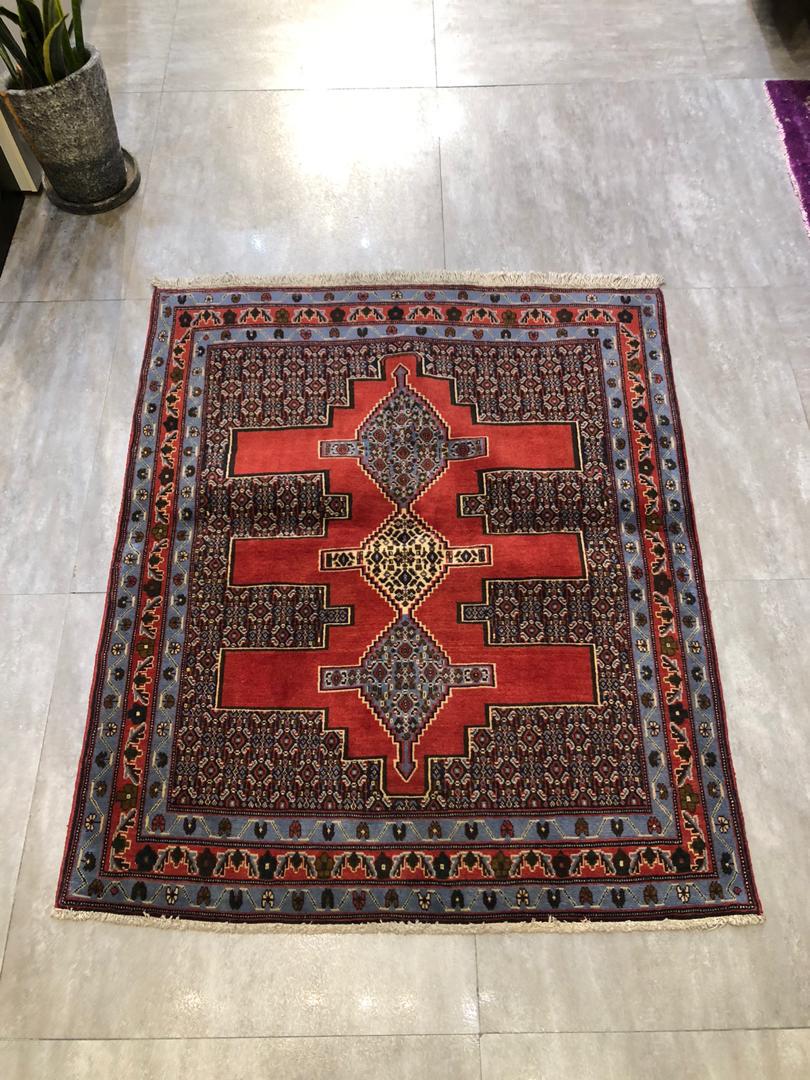
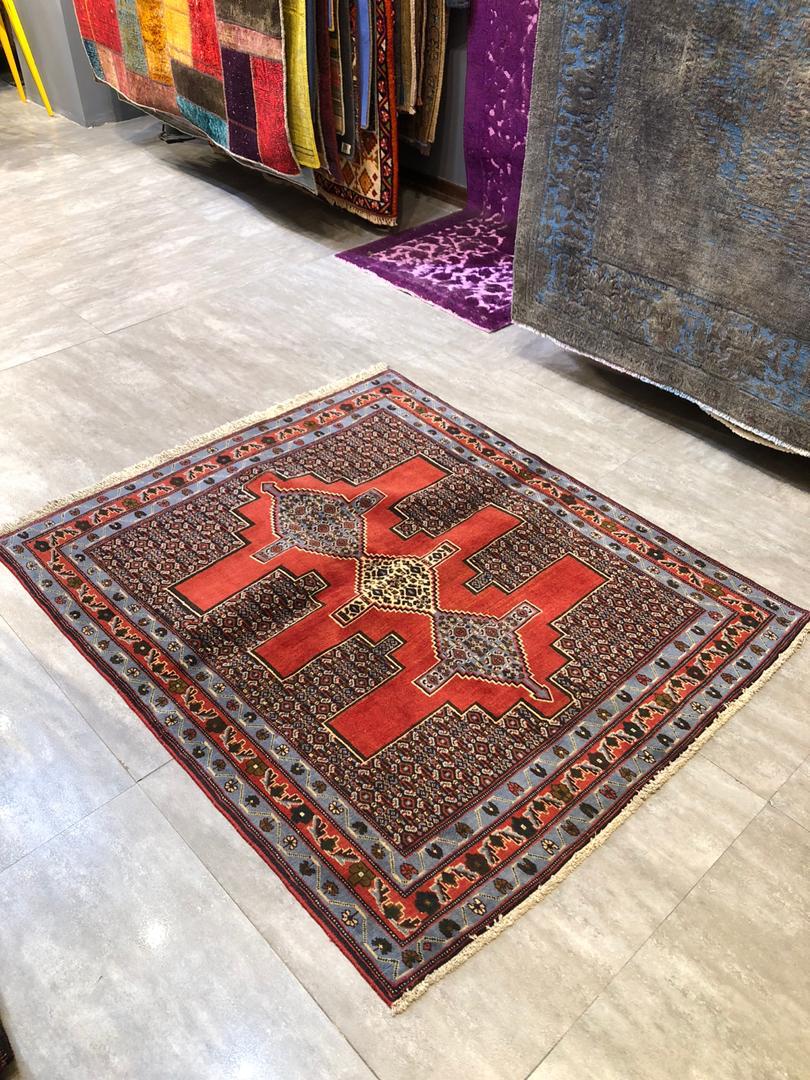
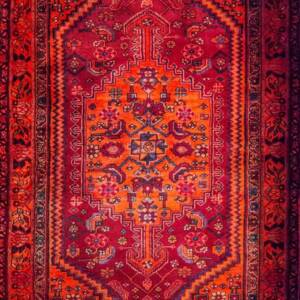
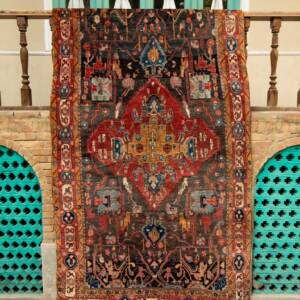
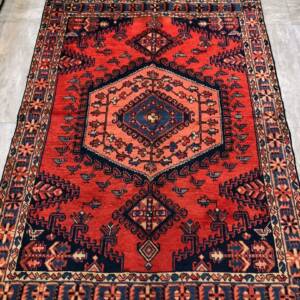
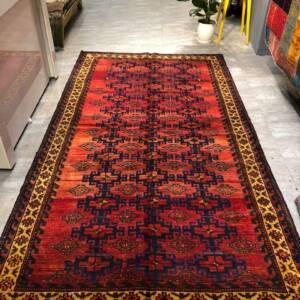
Reviews
There are no reviews yet.